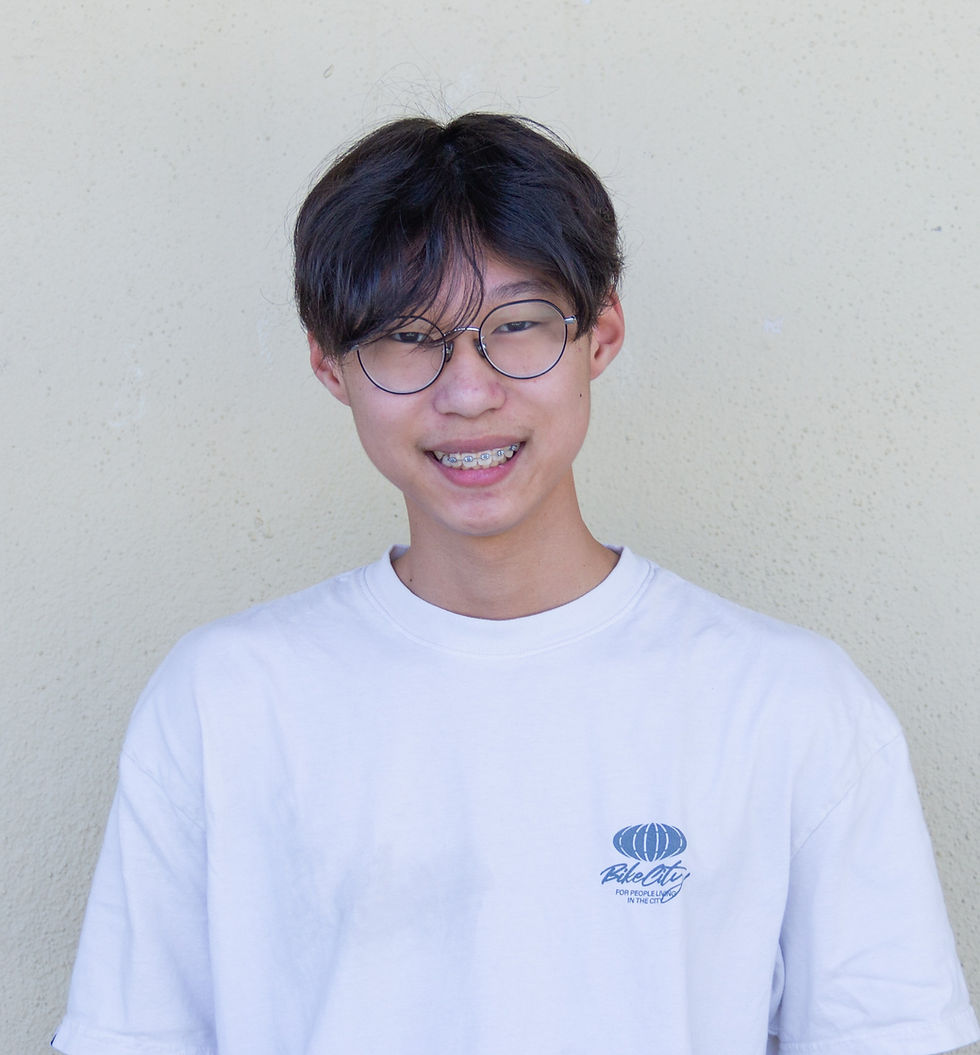Japanese Players in Major League Baseball
- Andrew Duval

- Feb 14, 2024
- 3 min read
By Claire Chang Feb. 14, 2024
On Dec. 9, 2023, designated hitter and pitcher Shohei Ohtani signed with the Los Angeles Dodgers for 10 years on a $700 million contract, one that sets the record in all of baseball history. Players from baseball-loving Japan have a complicated history with America’s MLB: they are often seen as underdogs, but have become some of the league’s superstars.
As a 19-year old, Masanori ‘Mashi’ Murakami became the first MLB Japanese player in 1964. Murakami played well, pitching with a 1.78 ERA, or earned run average. Low ERAs prevent the opposing team from scoring runs, and they are used to measure the effectiveness of a pitcher. With Murakami’s success, he showed the league the potential of Japanese baseball.

Due to disagreements between Japan and America as for what team Murakami would play for, the two countries signed an agreement honoring the contracts of their respective players in 1966, stopping the participation of Japanese players in big American leagues for the next three decades. It was not until 1995 with Hideo Nomo’s contract with the Los Angeles Dodgers that Japanese players re-entered the MLB scene. In the early 2000s, Ichiro Suzuki and Hideki Matsui followed, playing for the Seattle Mariners and the New York Yankees, respectively.
Furthermore, Ichiro Suzuki became the first Asian player in the Mariners history to be in the team Hall of Fame. Throughout his career, Suzuki was doubted due to his race. Since it was still uncommon for Asian athletes to play in the MLB, Suzuki felt that his performance dictated how Americans would perceive his home country’s baseball culture, according to NBC News. Weighing 170 pounds at five feet nine inches, Suzuki’s build is significantly smaller compared to that of the average MLB player. With every action magnified by his peers, Suzuki and other Japanese players worked hard to disprove stereotypes.
“Having Japanese players play in the MLB is similar to Jackie Robinson’s journey during a time of discrimination against African Americans. The success of Japanese players empowers the Asian community and demonstrates to professional sports leagues that Asians are just as good, if not even better than American players,” Senior Ryan Pimental said.
According to NBC, when Suzuki first started off as an outfielder, fans and his teammates did not think much of him. During games, fans yelled at him to go back to Japan and threw objects such as quarters, one of which hit Suzuki in the head. However, Suzuki turned the tables through his quality performance during games, eventually becoming the American League rookie of the year. Despite facing racism, Suzuki was one of the greatest players, winning three Silver Slugger Awards, 10 Gold Glove Awards and accumulating over 3,000 hits.
Suzuki was not the only Japanese player who encountered prejudiced attacks. In 2021, former Yankees pitcher Masahiro Tanaka returned to Japan with his wife and children partially due to concerns over racism, since hate crimes and discrimination increased following COVID-19.
“The success of Japanese players will influence the league to be more inclusive and serve as inspiration for others. More Asians will be motivated to play sports, and there will likely be more Asian audiences in the MLB than ever before,” school baseball player Ryan Son ‘26 said.
From being doubted to being highly sought after, many Japanese players have made significant progress in the MLB. After signing a $325 million, 12-year contract with the Los Angeles Dodgers last December, pitcher Yoshinobu Yamamoto has become the highest-paid rookie in the MLB. Furthermore, to form deeper connections with his teammates, Ichiro Suzuki picked up slang and the native languages of his teammates.
”Asians will have more representation in big league sports, making it a major milestone for a lot of Asians since there is a stereotype that they are all about education. With the increase of diversity in the Major League, the increased representation would likely shift the public perspective towards Asians in high-level athletics,” school baseball player William Ro ‘26 said.
Japanese players in the MLB have overcome historical challenges and stereotypes to get to where they are now—not only reflecting their individual resilience, but also serving as a catalyst for increased Asian representation in professional sports.
About the contributors

Claire Chang
staff writer
Claire Chang is a sophomore at Leland High School and is a staff writer and photo-media team member for The Charger Account. She enjoys painting, listening to music and exercising during her free time.

Peter Yoon
artist
Peter Yoon is a sophomore at Leland High School and is an artist for The Charger Account. During his free time, he likes to listen to music, draw, and sleep.
Recent Posts
See AllBy Andrew Xie Dec. 11, 2024 Emerging from obscurity to becoming a global sports powerhouse is no small feat. For Saudi...























Comments